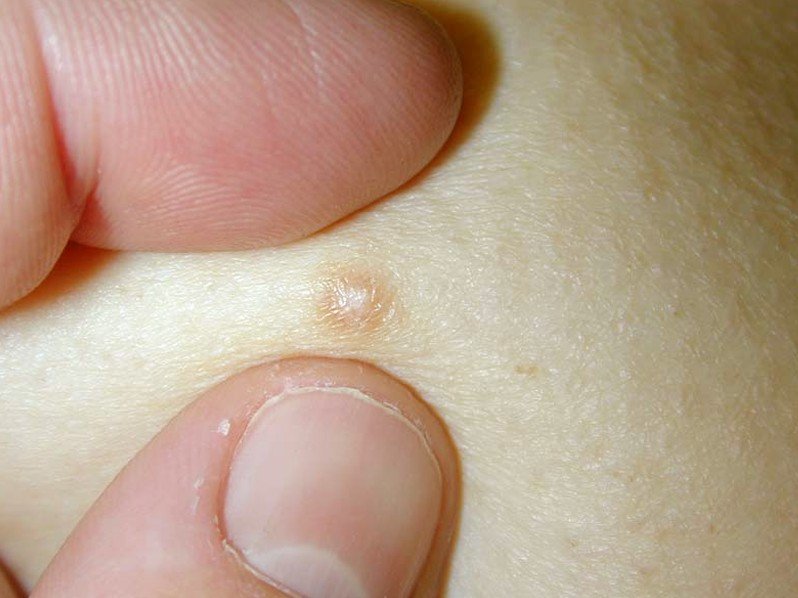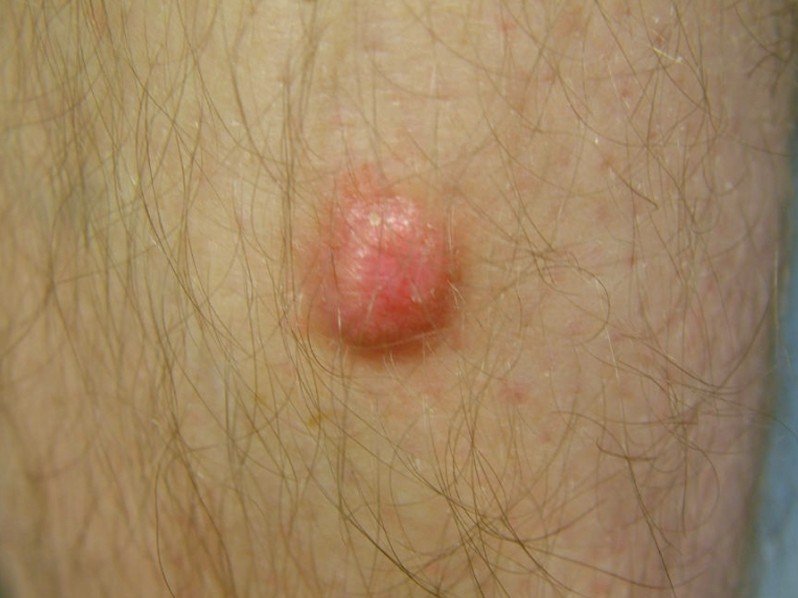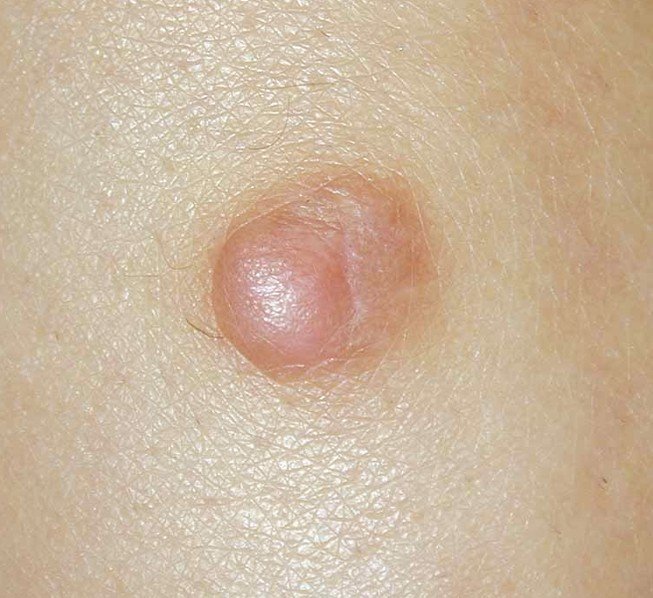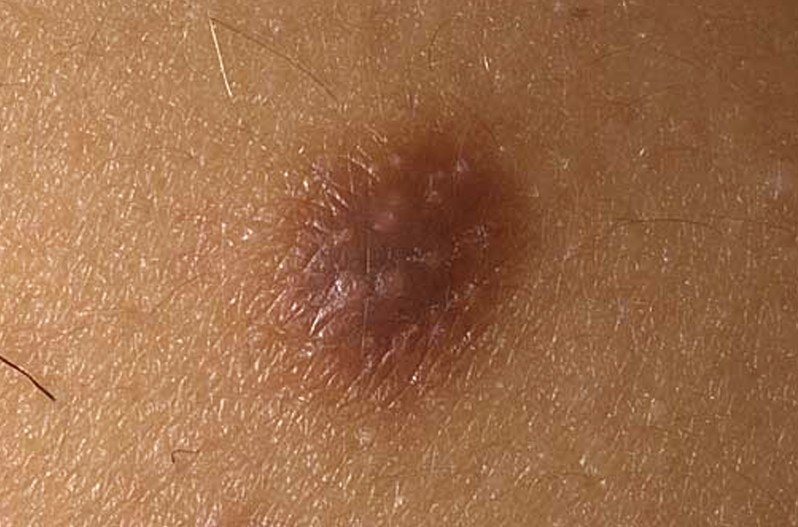Dermatofibroma
What is Dermatofibroma?
This is a growth on your skin, predominantly found on your lower legs or on your neck and face, but can develop anywhere on your body, that feels and looks like a hard lump. When you see them on your skin there is no cause for alarm because most are benign (non-cancerous) but there are a few cases where they have been malignant (cancerous). Some people will have a small cluster of growths but there are others that will only have one or two of them. There are some rare cases that there will ten or more growths. Dermatofibroma develop in an irregular pattern and are persistent in nature. Although they can happen to anyone it is mostly found in people who are middle-aged and rarely in children. Women are also more susceptible than men are. They are also called a “fibrous histiocytoma”.
Dermatofibroma Symptoms
Many times these dermatofibroma are asymptomatic, which means without symptoms, but there are others that can cause you tenderness, itching sensation, and pain. These are the ones that you will have to have removed. Other symptoms that may appear can include:
- Ranging in color from brown, black, purple, and blue to yellow, red, orange, or pink. Many times the color of the growth is influenced by the underlying pigment of your skin.
- May appear slowly and look like round bumps that are mostly red-brown in color.
- When messed with they can bleed.
- They are small in size ranging from five millimeter to ten millimeter.
Dermatofibroma Causes
The exact cause of dermatofibroma is not known but this overgrowth is a fibrous tissue that is present between the two layers of your skin, the dermis and epidermis resulting in a dermatofibroma. The dermis, where the overgrowth of cells takes place, is underneath the epidermis. They think that this medical condition is the result of insect bites, a minor injury to your skin, etc. The dermatofibroma is composed of collagen and spindle-shaped histiocytes, which is a type of immune cell that eats foreign substances in an effort to protect your body from infection.
Diagnosis of Dermatofibroma
Because of their size they can easily be diagnosed by the naked eye and when squeezing the bump it will form a dimple. If you are not sure what it is and you see your physician they may refer you to a dermatologist. They will review your medical history along with a physical exam of the growth. If they are not sure it is a dermatofibroma they will do a biopsy which is when they will look at a sample of the growth under the microscope. When the dermatologist gets the pathology report back and it is a dermatofibroma it can be a variant such as:
- Aneurismal
- Cellular
- Epithelioid
- Lipidized ankle-type
- Atypical
- Cholesterotic
- Palisading
Treatment
Normally when a person has dermatofibroma it does not need any treatment unless it causes you discomfort. You may find it uncomfortable if it interferes with wearing clothing or shaving and may decide to have them removed for that reason. They will not heal themselves and they cannot be cured permanently. If you decide to have the dermatofibroma removed your dermatologist can surgically remove it. When you have this medical condition you should avoid exposure to the sun. You can also treat them at home by applying either cellulite cream or camphor spirit. The dermatologist may give you a steroid injection to reduce it in size. To help with the itching you can use an over-the-counter anti-itch medication.
Dermatofibroma Pictures
Dermatofibroma Removal
Removing the dermatofibroma is done under local anesthesia. One thing to know is that when you have them surgically removed it can lead to the formation of a permanent scar and it could look more unattractive that the presence of the dermatofibroma. The reason is that the scar will be larger in shape than the original dermatofibroma. Sometimes the dermatologist will use an external medication to treat this medical condition called cryosurgery.
Cryosurgery uses a liquid cooling agent that is applied to the bumps in order to destroy the defected cells by freezing them. The liquid cooling agent that is usually used is liquid nitrogen but they could use dry ice. Unfortunately with this treatment the bump is fixed superficially making it unnoticeable but over time it will be conspicuous again and the treatment will have to be repeated. When it re-grows it is not as noticeable as it was the first time. When using cryosurgery it will leave a white mark behind on your skin where the bump was removed. If you want it to be completely removed the dermatologist will also have to remove a part of your subcutaneous fat that surrounds the bump.



